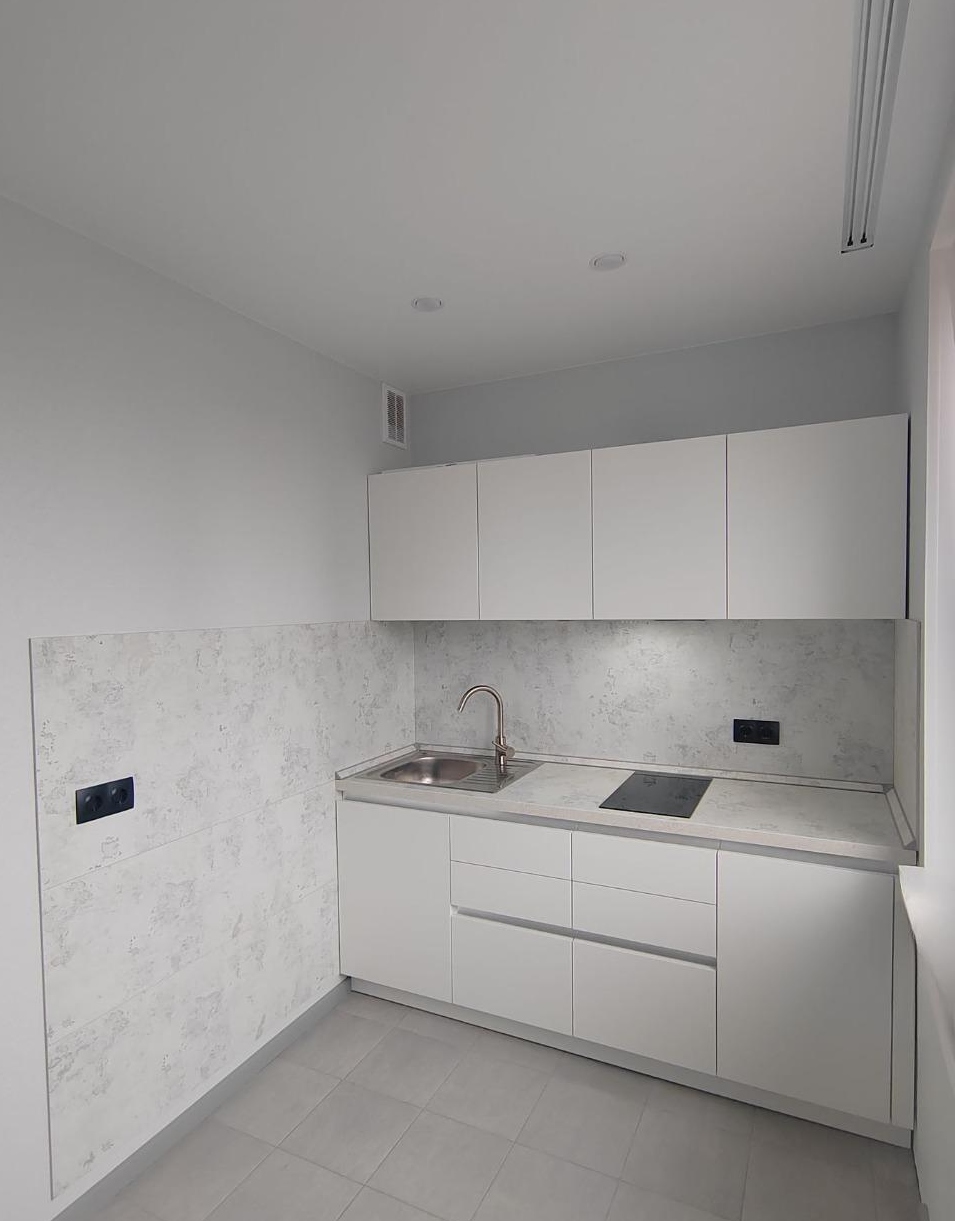
Introduction to Kitchen Style
When it comes to the heart of the home, the kitchen, style is as essential as functionality. Savoring style in your kitchen not only enhances the overall aesthetics of your space but also elevates your culinary experiences. Whether you’re a seasoned chef or a casual cook, the design elements of your kitchen can inspire creativity and bring joy to the everyday task of meal preparation.
Understanding Your Style Preferences
Before diving into design changes, it's important to identify your personal style. Are you drawn to the sleek lines of contemporary design, or do you prefer the warm, welcoming feel of a rustic country kitchen? Maybe the classic charm of a traditional kitchen speaks to you? Understanding your preferences will help guide your choices in colors, materials, and accessories, ensuring your kitchen's style is a true reflection of your taste.
Choosing a Color Palette
Color is a powerful tool in kitchen design. It sets the mood and can visually impact the space's size and brightness. Whether you're opting for a monochromatic scheme, a soothing palette of pastels, or a bold and vibrant array of colors, ensure your chosen hues complement the overall theme of your home. Don't forget that paint isn't your only medium; colored appliances, backsplashes, and decorative pieces can all contribute to your kitchen's color story.
Selecting Materials and Textures
The materials you choose for your countertops, cabinets, and flooring can vastly influence the style of your kitchen. Luxurious marble or granite countertops can add an air of sophistication, while butcher block or concrete countertops might suggest industrial flair. Similarly, cabinet materials and finishes—from natural wood to high-gloss lacquer—can make a significant statement. Remember, textures add depth and interest, so consider incorporating a mix of materials like glass, metal, or stone to create a layered look.
Lighting: The Key to Ambiance
Lighting is not just practical; it is pivotal in creating the right ambiance. A well-thought-out lighting plan will see you incorporating various levels of light, from ceiling pendants and spotlights to under-cabinet lighting and dramatic chandeliers. Not only does lighting enhance functionality by illuminating workspaces, but it also highlights your kitchen’s design features and adds to the overall mood.
Accessorize with Purpose
No kitchen style is complete without the right accessories. These are the finishing touches that bring your kitchen's look together and express your individuality. Consider decorative bowls, artwork, plant herbs, or stylish canister sets. Even everyday items like your kettle, toaster, and cookware can be part of your kitchen's style if you choose them with design in mind. Remember, the best accessories are those that combine form with function—beautiful and practical.
Functional Layout Enhancements
While aesthetics are important, don't overlook the importance of a functional layout. A well-designed kitchen considers the 'kitchen triangle'—the positioning of the sink, stove, and refrigerator for efficient movement. Integrated storage solutions, like pull-out drawers and wall-mounted racks, will keep your kitchen organized and clutter-free, which is always in style.
Conclusion: Personalize Your Space
Your kitchen is a reflection of your personality and lifestyle. By incorporating elements you love and addressing both form and function, you can create a space that is not only stylish but also a pleasure to cook and entertain in. Remember, the most important ingredient in any kitchen’s style is that it serves your needs and makes you happy. So don't just follow trends—let your own taste lead the way to a kitchen that you’ll truly savor.